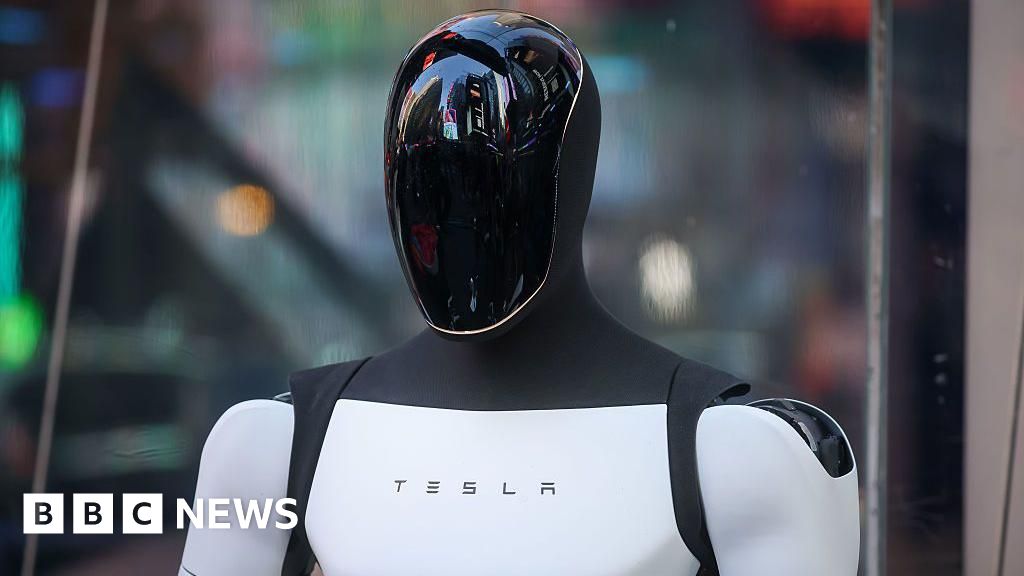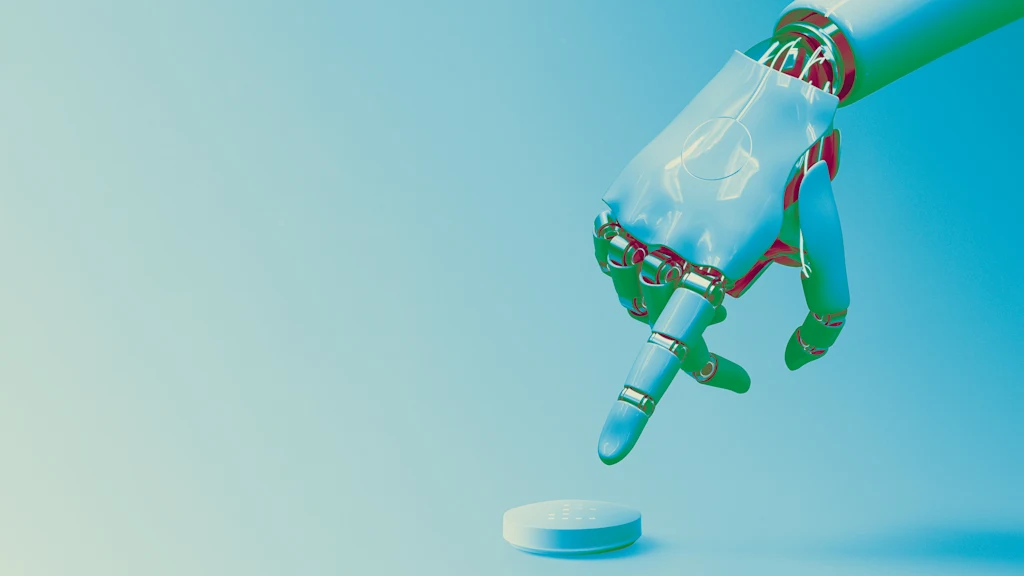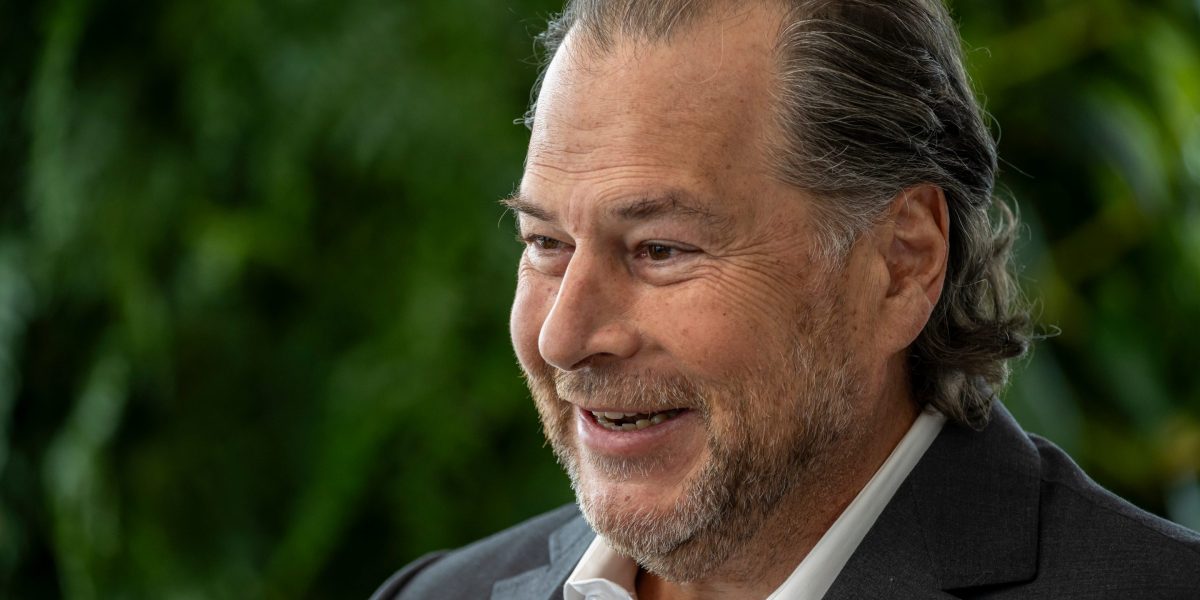#tesla-optimus
#tesla-optimus
[ follow ]
#humanoid-robots #robotics #elon-musk #staged-demonstrations #autonomy-claims #shenmue-4 #hideo-kojima
fromTESLARATI
2 months agoElon Musk teases previously unknown Tesla Optimus capability
Tesla Optimus is likely going to be the biggest product the company ever develops, and Musk has even predicted that it could make up about 80 percent of the company's value in the coming years. Teasing the potential to eliminate any trivial and monotonous tasks from human life, Optimus surely has its appeal. However, Musk revealed over the weekend that the humanoid robot should be able to utilize Tesla's dataset for Full Self-Driving (FSD) to operate cars not manufactured by Tesla:
Artificial intelligence
[ Load more ]






